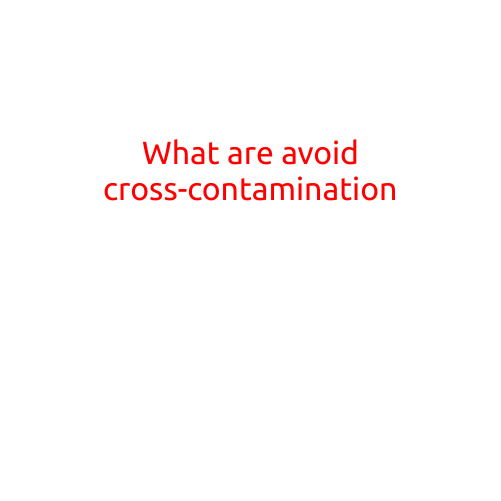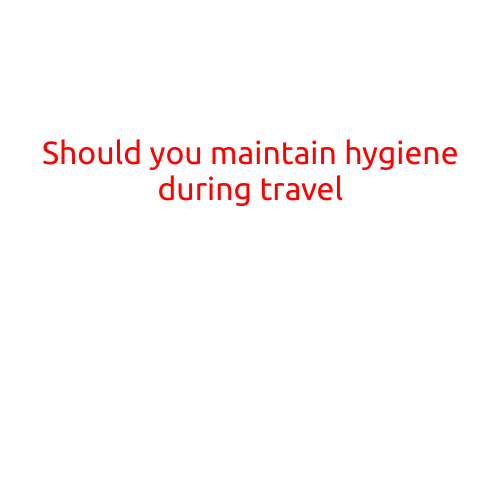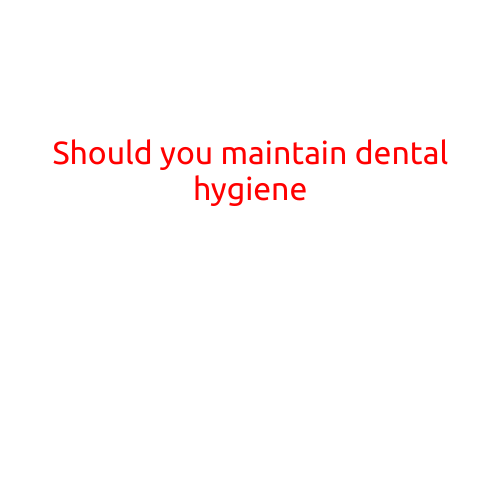
What Are Avoid Cross-Contamination Measures?
Cross-contamination is a common issue in various industries, including food processing, pharmaceutical manufacturing, and healthcare. It occurs when a substance or microorganism spreads from one surface, equipment, or person to another, potentially causing harm to patients, customers, or consumers. In this article, we will delve into the measures that can be taken to avoid cross-contamination in different settings.
What Causes Cross-Contamination?
Cross-contamination can occur through various means, including:
- Physical contact: Touching a contaminated surface or object and then touching a clean surface or equipment without properly cleaning one’s hands first.
- Airborne transmission: Microorganisms or tiny particles can be carried through the air and land on clean surfaces.
- Direct contact: Coming into contact with a contaminated person, surface, or object without proper protection.
- Indirect contact: Touching a surface or object that has come into contact with a contaminated person or object.
Measures to Avoid Cross-Contamination
To minimize the risk of cross-contamination, the following measures can be taken:
- Hand hygiene: Hands should be washed with soap and water for at least 20 seconds, and then sanitize with an alcohol-based hand rub.
- Gloves and personal protective equipment (PPE): Wear gloves and PPE, such as gowns, masks, and face shields, when interacting with contaminated surfaces or substances.
- Cleaning and disinfection: Regularly clean and disinfect surfaces, equipment, and utensils using proper cleaning solutions and procedures.
- Segregation: Separate clean and dirty areas, surfaces, and equipment to prevent cross-contamination.
- Traffic control: Limit access to areas where contamination may be present and ensure that only authorized personnel enter these areas.
- Surface preparation: Clean and disinfect surfaces before handling food, pharmaceuticals, or medical devices.
- Equipment maintenance: Regularly maintain and clean equipment to prevent contamination.
- Training and education: Educate employees and personnel on cross-contamination protocols and the importance of following proper procedures.
- Quality control: Implement quality control measures, such as testing and inspection, to ensure compliance with cross-contamination regulations.
- Record keeping: Maintain accurate records of cleaning, disinfection, and sterilization procedures to track compliance and identify areas for improvement.
Industry-Specific Guidelines
While the measures mentioned above can be applied across various industries, there may be specific guidelines and regulations that must be followed. For example:
- In food processing, HACCP (Hazard Analysis and Critical Control Points) guidelines and Good Manufacturing Practices (GMPs) should be followed.
- In pharmaceutical manufacturing, FDA guidelines and GMPs should be followed.
- In healthcare settings, infection control guidelines and OSHA regulations should be followed.
Conclusion
Cross-contamination is a serious issue that can have severe consequences. By implementing the measures outlined above, including hand hygiene, cleaning and disinfection, segregation, traffic control, and quality control, industries can minimize the risk of cross-contamination and ensure a safe and healthy environment for patients, customers, and consumers. Remember to stay vigilant and proactive in preventing cross-contamination to protect public health and safety.





